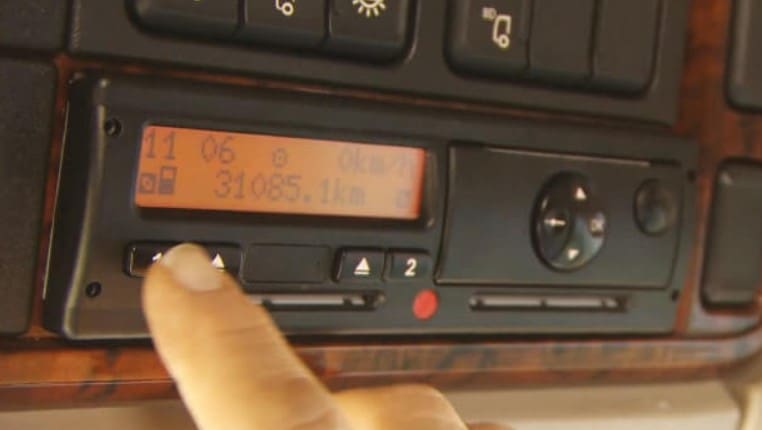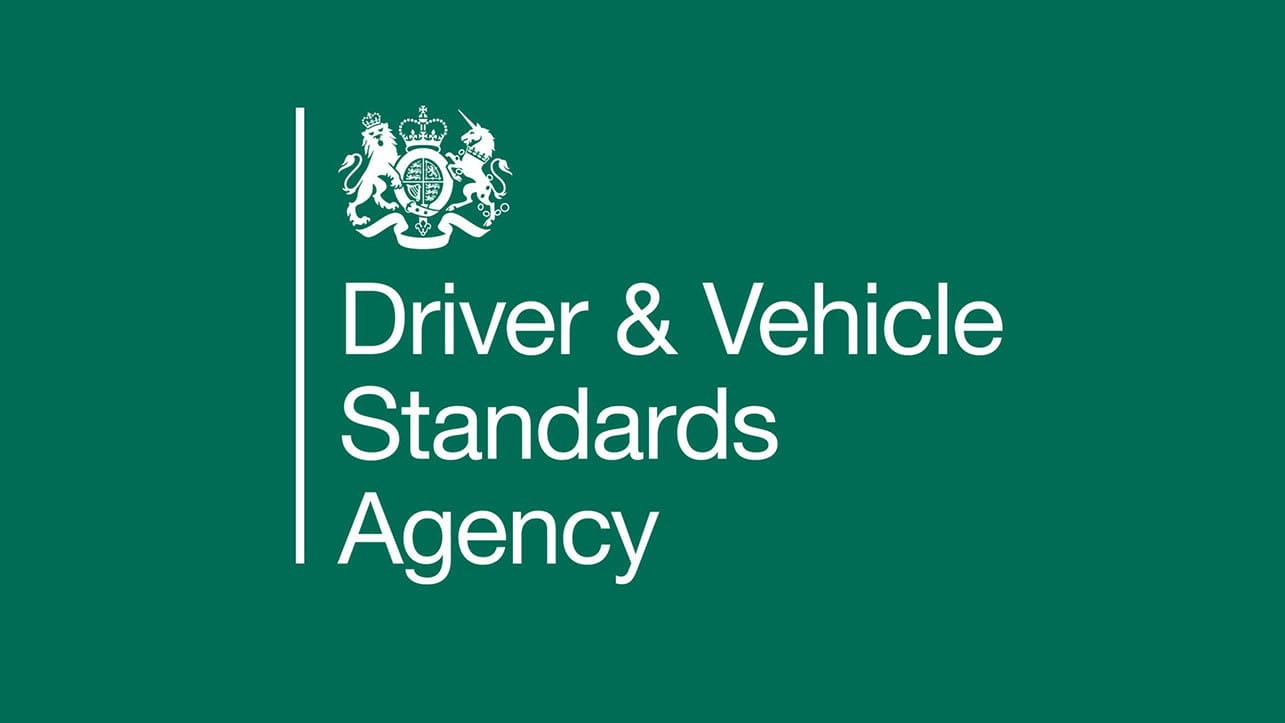- Shop All Documents + Bundles
- FORS V7.1 Document Bundle | Bronze (15 Policies)
- Transport Manager Compliance Pack (10 Policies)
- Transport Manager Compliance Pack (6 Policies)
- Health & Safety Policy Template
- Fuel, Emissions And Air Policy Template
- Operational Security Policy Template
- Serviceability And Roadworthiness Policy Template
- Road Traffic Collision Policy Template
- Counter Terrorism Policy Template
- Load Safety Policy Template
- Vehicle Routing And Scheduling Policy Template
- Driving Standards Policy Template
- Driving Hours Policy Template
- In Cab Technology Policy Template
- Passenger Safety Policy Template
- Complaints And Grievances Policy Template
- Drug And Alcohol Management Policy Template
- Hazard And Risk Identification Policy Template
- VOR (Vehicle Off Road) Policy Template
- Tyre + Wheel Policy Template
- Health & Eyesight Policy Template
- Transport Infringement Policy Template
- Walk Around Check (Defect Check) Tool Box Talk Template
- Transport Manager CV Template
- Social Media Policy Template
- Transport Manager Contract Template
- External Transport Manager Contract Template
- Driver Handbook
New Tachograph Rules – What Do you Need To Know?

New Tachograph Rules
New requirements recently introduced by the Driving Standards Agency (DVSA) have been somewhat overlooked by many operators – according to the industry experts. The new rules have been in force since January however, there has been concern the rules have been introduced “under the radar” of many operators.
In just 20 days back in August 2020, the Secretary of State (with the EU) brought into force a requirement which applies to all EU regulated drivers (regardless of how little EU-regulated driving they undertake), and which the DVSA interprets as a requirement on every driver to record every minute of every hour of every day – whether driving, undertaking other work, taking daily or weekly rest, on holiday or even on sick leave. In January the DVSA actively changed its position and began prosecuting operators and drivers both at the roadside and during investigations.
The sudden change appears to have been implemented while bypassing all trade associations, with the RHA calling it the “fastest non-urgent profound legislative change from the EU ever”
So what are the new rules?
As a minimum, every driver (regardless of how little EU-regulated driving they undertake) has to have their current tachograph/digital record and records for the previous 28 calendar days available for production at the roadside. These records now include the 24 hours a day, seven days a week record required in accordance with the DVSA interpretation of the August 2020 changes. Immediately, therefore, all drivers need to record their daily rest every day and their weekly rest, holidays and sickness absence (in one of the three legally accepted formats).
The consequences become far more complex when considering the position of occasional drivers (e.g. your part-time drivers who may also work in a shop, or who may undertake non-EU regulated driving for another employer) – they now have the huge burden of retrospectively recording their previous 28 days as a manual entry, printout(s) or analogue chart(s). These need to record – accurately – all the other work, breaks, daily and weekly rest, holidays and sickness absence for the entire period since they last undertook any EU-regulated driving.
More complex yet is the position of those drivers undertaking a combination of EU/non-EU activity (particularly in, for example, the removals and passenger transport sectors) or the transport manager who only drives very infrequently through the year, typically only to rescue a driver who has run out of hours and will have no idea in advance of when they might be required to drive.
What Should You Do Now?
Operators need to urgently familiarise themselves with the new rules and design and implement training for drivers and staff alike.
Employers also need to make sure there is a method of analysing manual entries and through their standard analysis software. Infringements must be managed in the same way on the driver’s infringement record.
There is also an anticipation that tachograph software providers update the software accordingly so that data and infringements are recorded properly, although there is also mutual expectation that operator and provider work together to ensure compliance is met.

